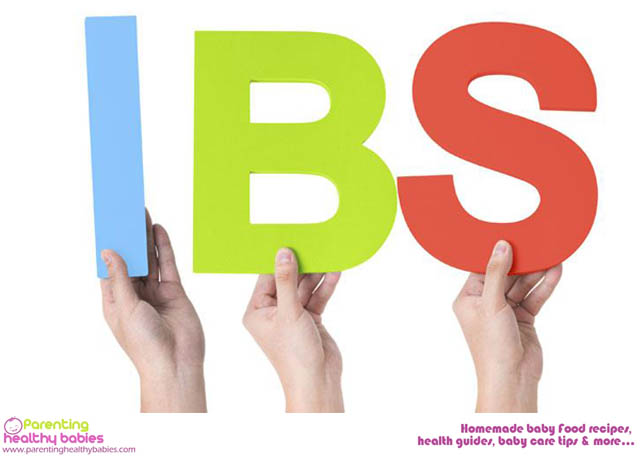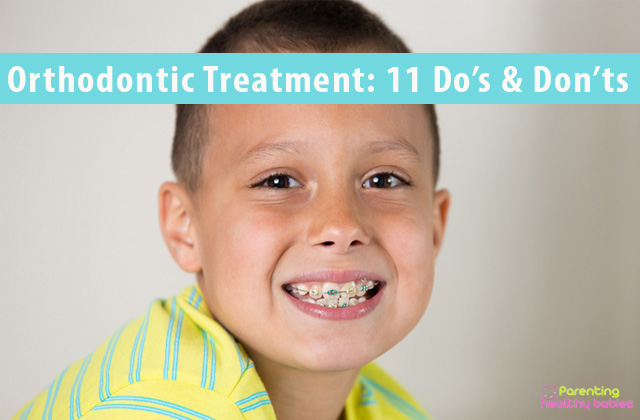Slapped cheek disease, also called the ‘fifth disease’ or erythema infectiosum is a viral infection caused by the human parovirus B19. It is called the ‘fifth disease’ because it is fifth among a common group of childhood diseases with similar rashes namely, measles and rubella, scarlet fever and Duke’s disease.
Slapped cheek disease mostly occurs in primary school children between the age of 5 to 14 years, and is most prevalent in the age group of 5-7 years. It rarely occurs in adults and is more serious. The disease is described by the American Osteopathic College of Dermatology (AOCD) as “relatively common and mildly contagious.”
Slapped cheek is characterised by a distinctive red rash on both cheeks (hence, the name “slapped cheek”) and a light pink rash on the torso and thighs. Rashes may or may not appear in adults. Often, people fail to realise they have this disease until the rashes develop.
A Guide for Slapped Cheek Disease in Children
How long does it last?
The incubation period for the slapped cheek virus is generally between 5 to 14 days.
The cheek rash clears on its own after 2-3 weeks. The body rash also tends to fade within two weeks but may even go up to a month if proper rest and medication is not taken.
Adults suffering from the slapped cheek syndrome may experience joint pain and stiffness even for a month, after the other symptoms have cleared out.
What are the symptoms of slapped cheek disease?
Symptoms of the slapped cheek disease tend to be mild and require little or no treatment. A child can even have the infection without noticing it.
About 10 percent of patients develop mild symptoms like slight fever, cold, itching, abdominal pain, diarrhoea, tiredness, headache and irritability. But these are early symptoms of the disease.
The main symptom include an elevated body temperature, flu-like symptoms, sore throat, fatigue, running nose and appearance of the distinctive red rash on the cheeks and body.
The rash appears in three stages. Initially, a blotchy red rash appears on the cheeks. They do not affect the nose or mouth. These rashes will develop into red papules and group together to form warm, swollen, red plaques.
Then after about 4 days, a net of red marks will appear on the upper limbs and thighs.
The third stage is recurrent and generally invisible. Exposure to sunlight may cause it to appear again. After 3 weeks, the rashes tend to disappear naturally. The rashes are itchy and generally painful.
In case of teenagers and adults, arthritis-like symptoms such as swollen ankles, joint pain are common. This complication is more in case of women, and is often the only symptom of the disease.
Is slapped cheek contagious?
Even if your child has developed the slapped cheek disease, there is not much reason to panic. The disease is contagious only in the infection period, before the appearance of the rashes. Once the rashes appear, the disease is no longer contagious. Your child can participate in all usual activities and there is no fear of him or her transmitting the disease. Before the rash appears, the disease usually spreads through droplet infection or by contact with contaminated objects.
What is the cause of the slapped cheek disease?
Parovirus B19 is the virus responsible for this disease. This human parovirus lives in the red blood cells of our body and is very different from dog and cat paroviruses.
This virus is usually present in the nasal and throat droplets of an infected person. A child may contract the disease due to inhaling infected droplets for eg, if an infected child sneezes or coughs near another baby, chances are there that the virus might get transferred. It can also spread by cross contamination i.e. by touching contaminated objects such as handkerchiefs and towels used by infected patients or sometimes, even by hand to hand contact.
The most likely place where your child can pick up the disease is congregated public places such as schools, kindergartens and children’s parks.
If you get slapped cheek while you are pregnant, then you should go for a medical check-up immediately as it may pose a threat to the foetus and develop risks of a miscarriage and other complications. However, there is not much reason to worry as only 1 in 3 women develop slapped cheek during pregnancy and even then, there is less than 3 percent chance of them developing foetal complications.
What are the remedies for slapped cheek disease?
There is no specific vaccine developed till date for the slapped cheek disease. Also, since the infectivity is maximum in the week before the rash appears, it is practically not possible to prevent the disease. Only proper hygienic habits can help prevent the onset of infection.
The disease generally tends to clear out on its own. Treatment includes proper care and certain anti-histamine drugs to prevent the itching of the rashes, and maybe an anti-inflammatory drug to reduce the joint aches.
- Ensure that your baby gets proper rest.
- Make sure your baby drinks plenty of fluids, as this will prevent dehydration and ensure a speedy recovery.
- For headaches, cold and body pain, doctors usually suggest drugs like Paracetamol or Ibuprofen. These must be administered only under supervision and in proper dosages.
- There is no reason to isolate your child if he or she is suffering from slapped cheek disease. However, he or she should not come in contact with pregnant women.
- If the fever and rashes do not subside even after a month, then you should consult a physician.
So, slapped cheek disease is a viral infection that mostly occurs in toddlers and primary school children. The disease is not contagious after the appearance of the rashes. Your child can go to school and participate in all daily activities. There is no need for isolation. The viral infection tends to fade on its own and there is generally no need for treatment.
References
https://www.nhsinform.scot/illnesses-and-conditions/infections-and-poisoning/slapped-cheek-syndrome
https://www.rch.org.au/kidsinfo/fact_sheets/Slapped_cheek_fifth_disease/













